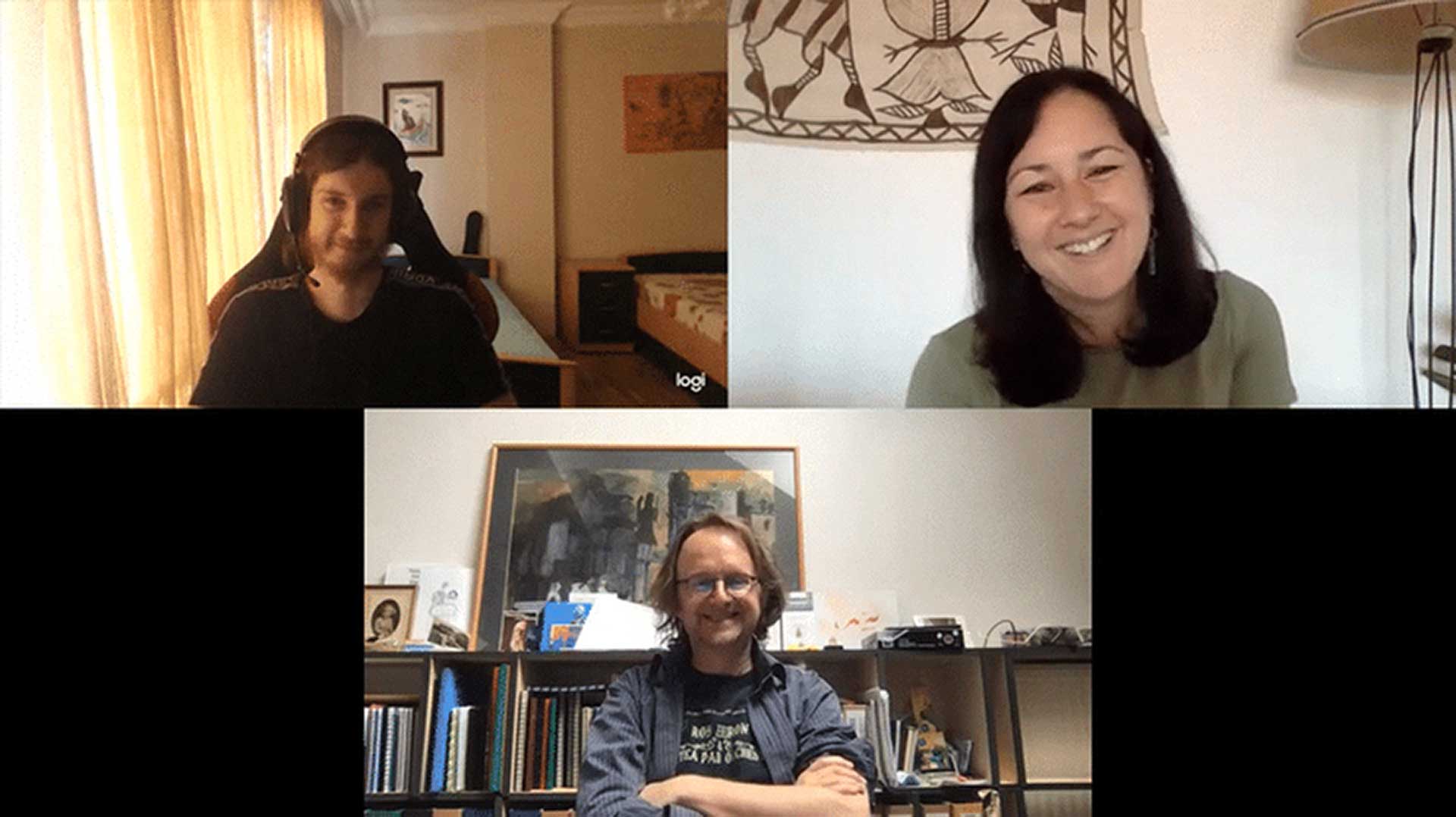I first met Poh Lin Lee in late 2019, almost by chance. I was perhaps (though I cannot be certain) the only filmmaker attending the last day of a conference on narrative therapy in Antwerp. Once I had been identified as such, it did not take long for someone to think that I should be introduced to Poh. She was there, both as a narrative practitioner herself, but also more specifically to screen a film about her work with people seeking asylum in Australia during their confinement in mandatory detention on Christmas Island – a project in which she was not just a participant, but also, in some sense, one of the (many) authors.
I was there because I had been introduced to one of the central practices of narrative therapy – “definitional ceremonies” – during a somatic training course I had joined, looking for a way to reinvent my relationship to my own embodiment (including as a filmmaker). I had come away with the conviction that this radically redistributive approach to engaging with others might hold the key to liberating documentary filmmaking (and not just documentary filmmakers) from some of the more stubbornly extractive aspects of their heritage.
“Narrative practice” (as it has come to be known) refuses those boundaries that would assign certain people to positions of fundamental passivity, and seeks to embody the belief that all authorship is co-authorship – that the most natural and appropriate form of story-telling is “multi-storied”, seeking not only to acknowledge but to activate and live forward from multiple possibilities which can only be discovered by embracing a radical diversity of points of view. Formulated in the 1970s and 1980s by two social workers, the Australian Michael White and the New Zealander David Epston, it is explicitly driven by a commitment to justice, both epistemic and social. In this, they were largely influenced not only by constructivist psychology, feminism(s) and postmodern theories of power, but above all by what they learned from their collaborators as they sought to establish concrete forms of equality and orient to the co-production of knowledge and practices – in particular through White’s work alongside Aboriginal colleagues and communities in Australia.
So Poh and I met on a staircase in Antwerp, for about 30 seconds, temporarily suspended as we rushed in opposite directions. Six months later, having watched her film (and discovered in the process that we had both worked with the British producer Samm Haillay), I contacted her to see if she would be interested to engage with me in what would turn out to be the first of Collateral’s Conversations on conversations. Not suspecting then how deeply involved she was in working with artists, I wrote her wanting to know whether the CxC project might make sense to her, and how she could imagine unfolding the work she did with her clients in the context we were imagining. I saw this conversation in part as a test of whether our concept was good to think with – whether it would survive, or even flourish, in the atmosphere of precise reciprocity that narrative practice cultivates. We discussed whether it might make more sense, in the context of a journal such as Collateral, embedded as it is in the teaching and research that revolve around an art school, to start from an instance of her work supporting artistic processes, specifically with filmmakers.

